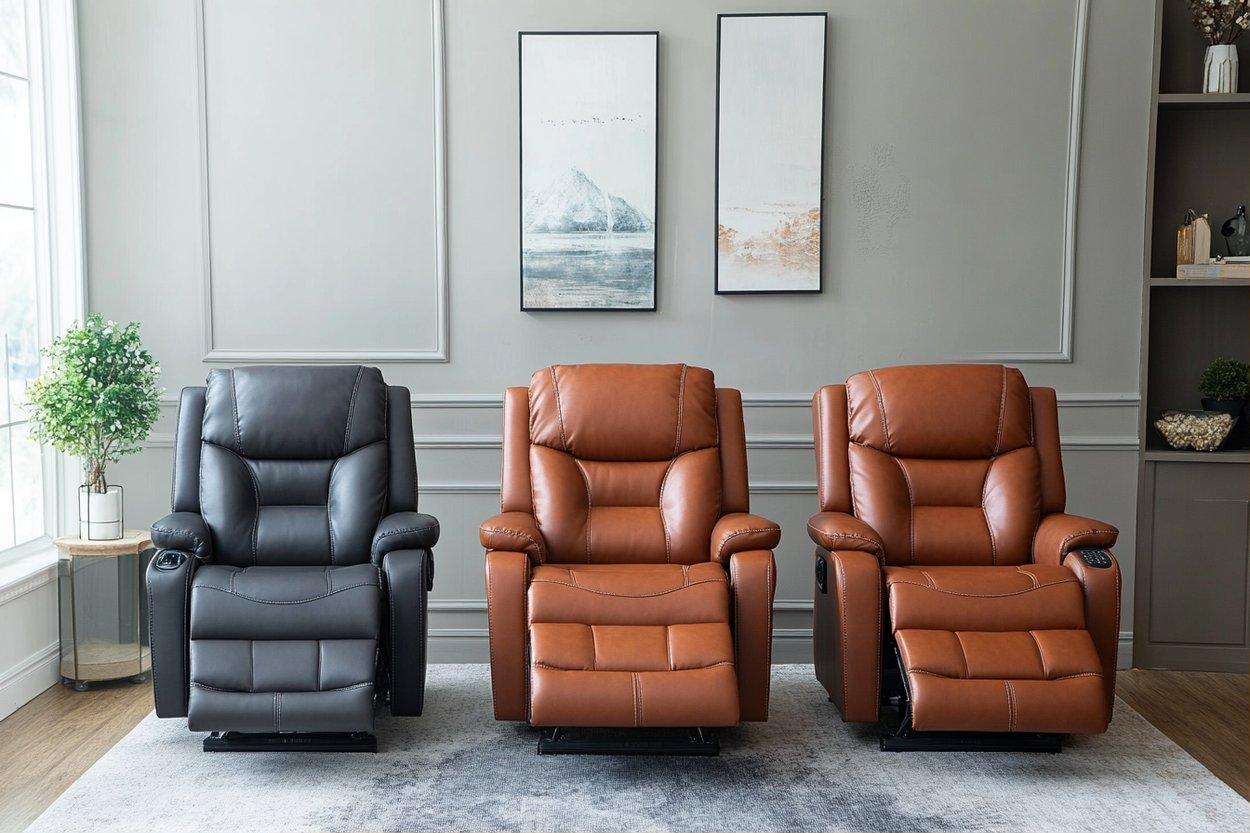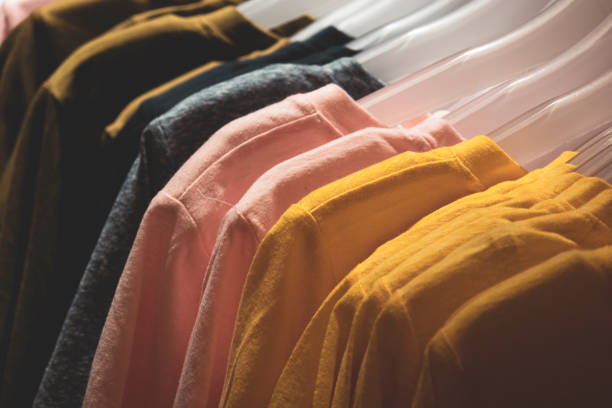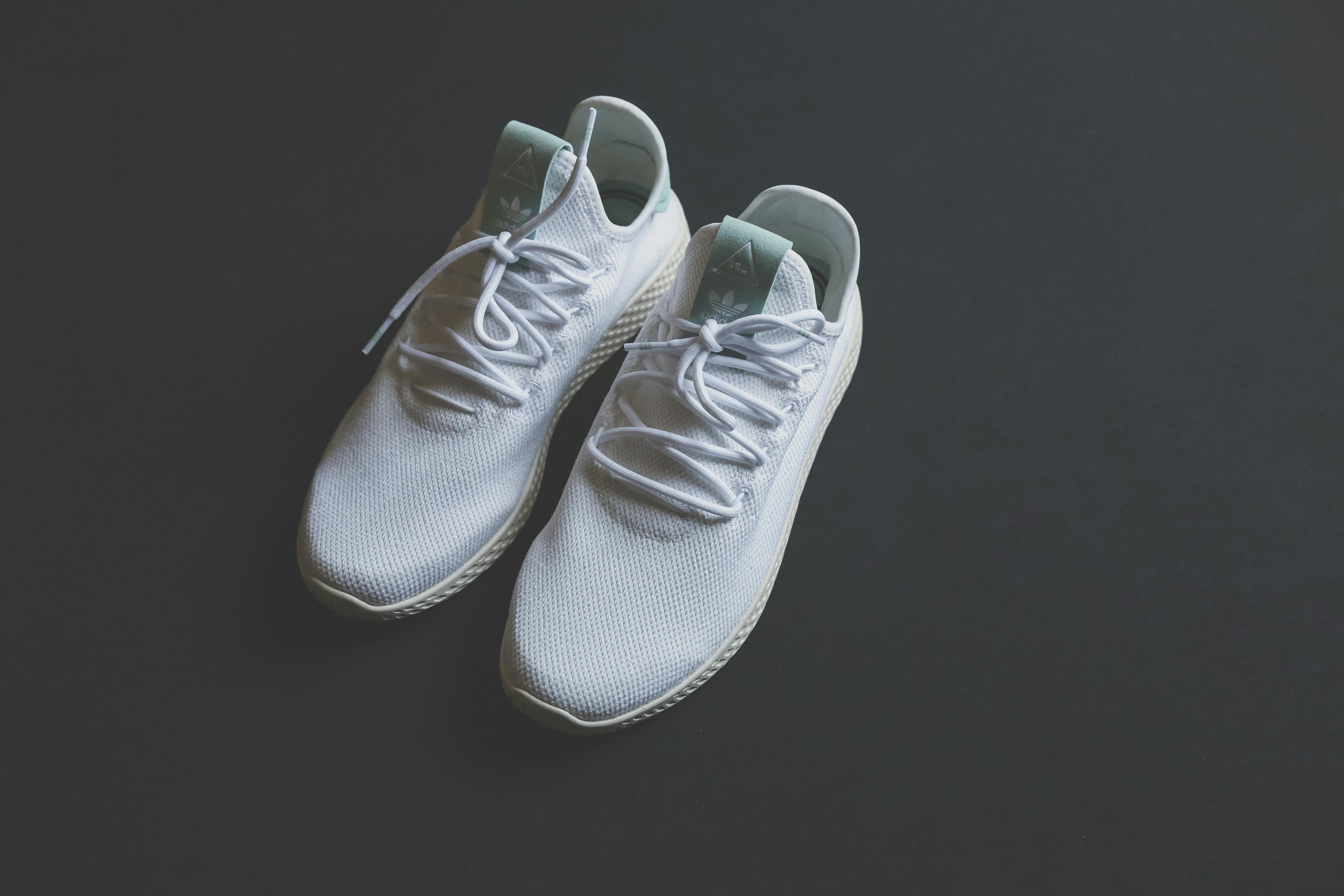Large Floor Rugs: Choosing, Placing, and Caring for Oversized Area Rugs
Large floor rugs, often referred to as oversized area rugs, serve as foundational elements in interior design, capable of transforming the ambiance and functionality of any room. Their substantial presence defines spaces, anchors furniture, and adds warmth, texture, and color, contributing significantly to a home's aesthetic and comfort. Understanding how to select, position, and maintain these significant pieces is key to maximizing their impact and longevity.

Large area rugs are more than just decorative accents; they are pivotal design components that can dramatically influence a room’s overall feel and appearance. From unifying disparate furniture pieces to dampening sound and providing a soft underfoot experience, oversized rugs offer a blend of practical benefits and aesthetic appeal, making them a popular choice for enhancing living environments.
Selecting the Right Size and Shape
Choosing the correct size and shape for a large floor rug is crucial for achieving a balanced and harmonious room layout. For living rooms, the rug should be large enough to accommodate at least the front legs of all primary furniture pieces, such as sofas and armchairs, to create a cohesive seating area. In dining rooms, the rug should extend far enough beyond the table to allow chairs to remain on the rug even when pulled out. Bedrooms often benefit from a large rug placed under the bed, extending several feet on either side and at the foot, ensuring a soft landing when stepping out of bed. Common shapes include rectangular, square, round, and oval, with the choice often dictated by the room’s dimensions and the furniture arrangement.
Materials, Weaves, and Durability
The material and weave of a large area rug significantly impact its durability, texture, and suitability for different areas of the home. Natural fibers like wool are prized for their softness, resilience, and natural stain resistance, making them excellent for high-traffic areas. Cotton rugs offer a more casual feel and are often washable, ideal for less formal spaces. Jute and sisal provide a natural, textured look and are highly durable, though they can be coarser underfoot. Synthetic fibers such as polypropylene and nylon are known for their affordability, stain resistance, and ease of cleaning, making them practical for homes with children or pets. Weave types, including hand-knotted, hand-tufted, flat-weave, and machine-made, also contribute to the rug’s texture, pattern clarity, and overall lifespan.
Room Placement and Layout Tips
Strategic placement of a large floor rug can define zones within an open-concept space or enhance the intimacy of a smaller room. In a living room, positioning the rug to anchor the main seating arrangement helps delineate the conversation area. For dining rooms, ensure the rug is centered under the table, with ample space for chairs to move freely without snagging the edges. In bedrooms, placing a large rug perpendicular to the bed can create a luxurious feel, extending beyond the sides and foot. Experimenting with different orientations and ensuring that at least some furniture legs are on the rug helps to unify the space and prevent the rug from appearing to float aimlessly in the room.
Cleaning, Care, and Maintenance
Proper cleaning and maintenance are essential for preserving the appearance and extending the life of large floor rugs. Regular vacuuming, typically once or twice a week, helps remove dust and loose debris that can otherwise embed in the fibers and cause wear. For spills and stains, immediate action is key; blot the area with a clean cloth and use appropriate cleaning solutions based on the rug’s material. Professional cleaning is recommended every 12 to 18 months, especially for natural fiber rugs or those in high-traffic areas, to address deep-seated dirt and refresh the fibers. Rotating the rug periodically can also help ensure even wear and exposure to sunlight, preventing uneven fading.
Styling, Layering, and Safety Considerations
Large area rugs offer significant styling potential, serving as a canvas for a room’s aesthetic. They can introduce patterns, colors, and textures that complement or contrast with existing decor, establishing a focal point or tying disparate elements together. Layering a smaller, decorative rug over a larger, neutral one can add depth and visual interest, creating a bohemian or eclectic look. When considering styling, remember the rug’s interaction with the room’s overall color palette and existing textiles. For safety, especially with larger rugs that may shift, using a non-slip rug pad underneath is highly recommended. These pads not only prevent slips and trips but also provide extra cushioning and help protect the flooring underneath from potential abrasion.
Incorporating large floor rugs into your home decor can significantly enhance both the comfort and visual appeal of your living spaces. By carefully considering factors such as size, material, placement, and ongoing care, these substantial textile elements can serve as durable, beautiful foundations that elevate the entire room’s design for years to come.




